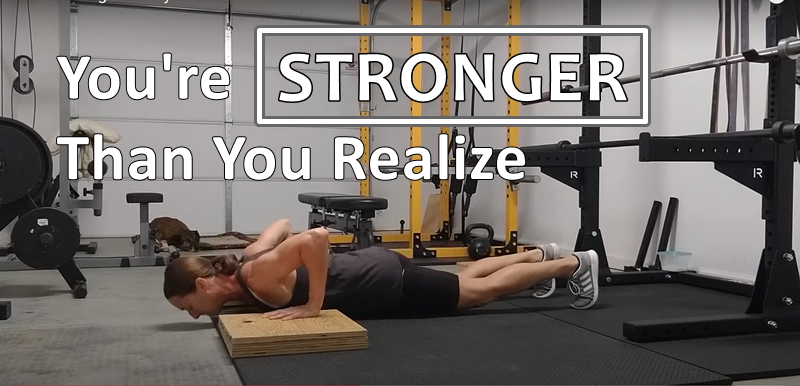
You’re tougher than you think. And I’ll show you.
And when I show you, you’ll get it and understand how knowing this truth will assist you achieve great results from your training.
“I had no concept how tough I was!” That statement doesn’t get old. When I’ve heard a woman voice that at the end of a challenging set or gunning for a new personal best, I’m satisfied.
My preliminary session with a woman over 10 years ago still sticks in my mind. She was squatting 95 pounds for 10 reps. She told me, “I’m stuck. I can’t get past that tenth repetition.” After completing her warm up I loaded her bar to 95. I advised that she not count reps and concentrate on nailing all reps perfectly; I’d let her know when to finish. She seemed confused and worried but I reassured her she was able to stop at any time.
After muttering, “I suppose this is what I’m here for,” she jumped under the bar and got to it. “Don’t count reps. Concentrate on each rep,” I told her. She easily banged out 10 reps. “You’ve got a couple more in the tank,” I encouraged her. 2 more later she stopped to take a breath. “They were smooth and easy. How about a couple more?” She squatted 3 more smoothly.
“That was over 10, wasn’t it?”
“Actually 5 plus!”
“Seriously? I didn’t know I had that in the tank!”
Move Out of the Way
She had it in her mind that she was immobile at 10 reps with 95 lbs. However by concentrating on individual reps and the way it felt, she understood that she was more than capable continuing past the point she regularly would stop.
The final 5 reps were a challenge however they were attainable, as she showed herself. She was sore following that training session, but that is totally acceptable.
The next day she squatted 95 lbs for twenty repetitions.
This didn’t happen because she got amazingly strong within a short period of time; she pushed herself hard. Instead of stopping when it hurt, she knew she could power forward and crank out another smooth rep. If she was aware that she could always get another repetition — without poor technique — she would go for it.
This was done to demonstrate to her she was tougher than she thought. I did the same thing with other movements such as the Romanian deadlift, and the dumb-bell bench press. She promptly cruised past previous personal bests and made new PB’s.
All because she understood how tough she was, and what she was actually able to do.
Not everyone is able to do this, as there is some pain involved. There is nothing straightforward about a hard set of squats or deadlifts — finishing a set when you only able to complete 1 or 2 more reps. When your head is yelling, “No more, this hurts!” but you feel you’re able to do more, so you continue.
Those that are prepared to push their bodies and minds, to determine what they’re able to do, to accept the discomfort, reap the rewards.
The 3-Movement Workout
After warming up you carry out one all-out set for press-ups, foot-elevated split-squats, then inverted rows.
The Pathway:
- Carry out two to three warm-up sets to get you ready and help you choose a weight, that permits you to carry out about 12-15 tough reps.
- Perform one maximal set for each movement.
- Carry out each set to failure: The main take away here is that you can’t do any more reps. Be honest with yourself! With split squats, your legs will get fatigued and burn, and your head will tell you enough, but chances are you can carry out more volume without sacrificing technique. You need to commit, and focus despite any physical challenges. (Clearly don’t train with an injury or the wrong pain.)
- Carry out as many reps as you can, and take no more than one to two seconds after the final reps.
- Every single rep must look as close as possible to the first: Use the same range of motion and technique.
The Exercises
1) Push-up or elevated push-up
You can either carry out regular press-ups or feet up press-ups using a barbell set in a squat rack. For the all-out set you need to figure out a variation that permits you to carry out about 12-15 reps; use the warm-up sets for this purpose. (If normal press-ups are too easy then do deficit press-ups, or increase the height of your feet.)
Carry these out with a controlled and full range of motion. The chest should touch the ground, or bar if doing these in a squat rack, on every rep.
2) Rear-foot-squat
Other variants are regular split squats, or a regular leg press.
I like the split squat or rear-foot-elevated split squat: You can make sure they are tougher by holding dumbbells. Carry out 2-3 warm-ups, add weight as you require so you can carry out around 12-15 reps, and do a single all-out set to technical failure.
3) Inverted row
I recommend the inverted row. Here’s a tutorial for this exercise:
Your chest needs to touch the bar on all reps. Carry out 2-3 warm-ups to select the correct height so you can carry out around 12-15 reps. Then carry out one maximal set.
The above movements were selected as you can quite safely push them maximally.
This three-exercise workout will make it clear to you you’re stronger than you think you are.
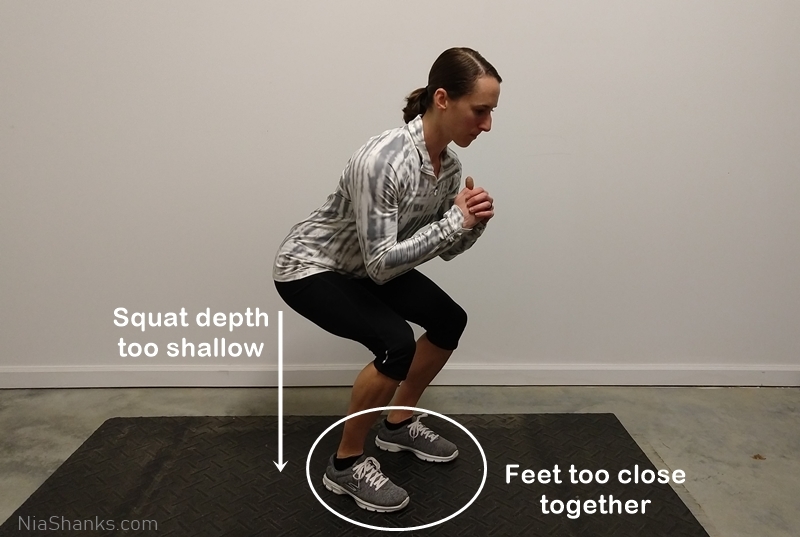
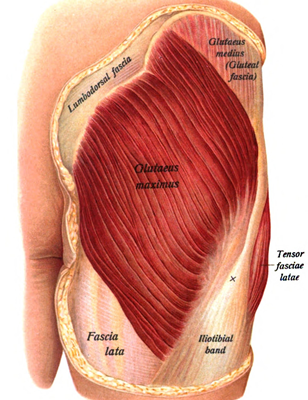
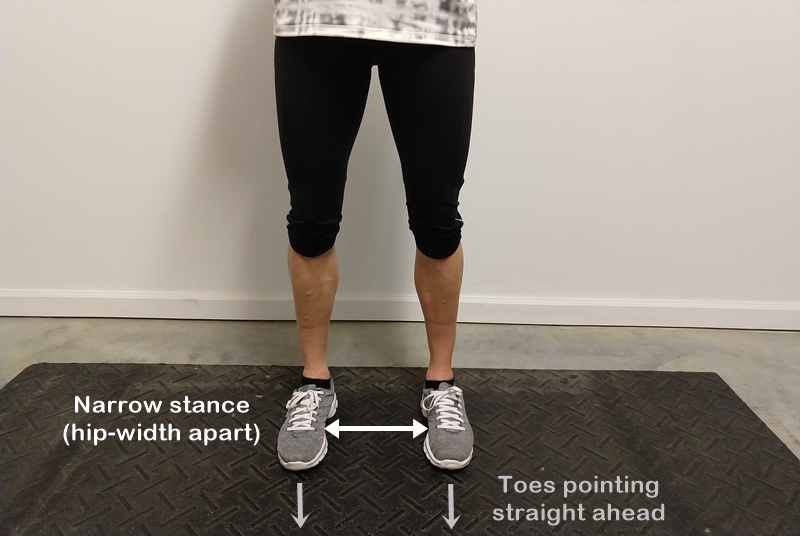

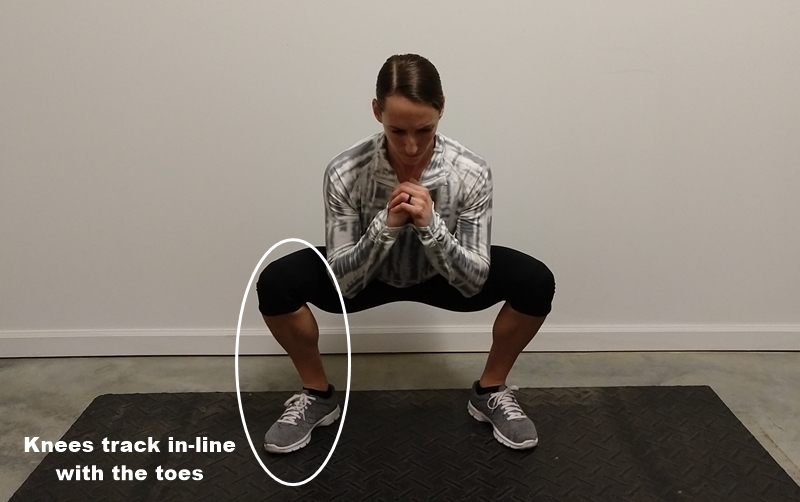
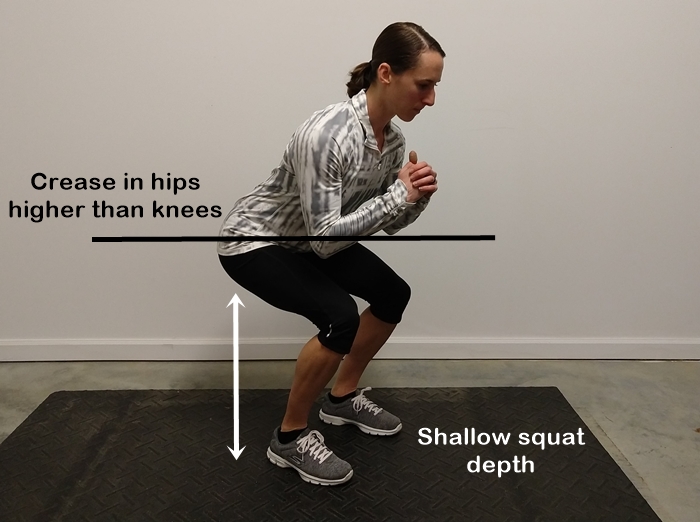
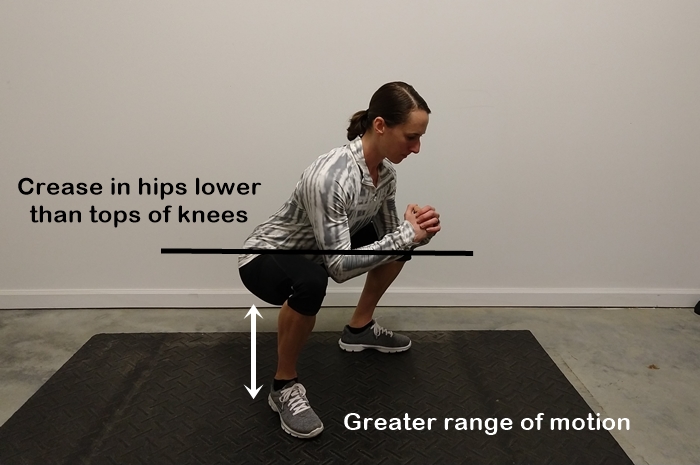
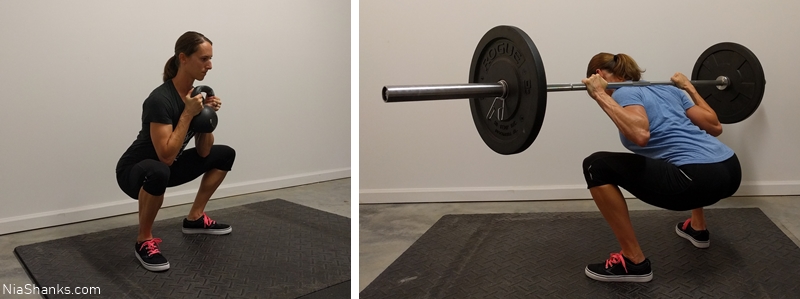


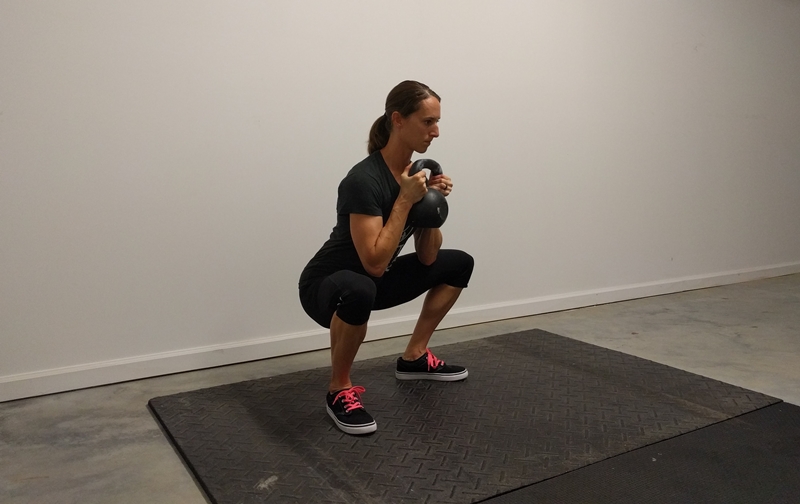
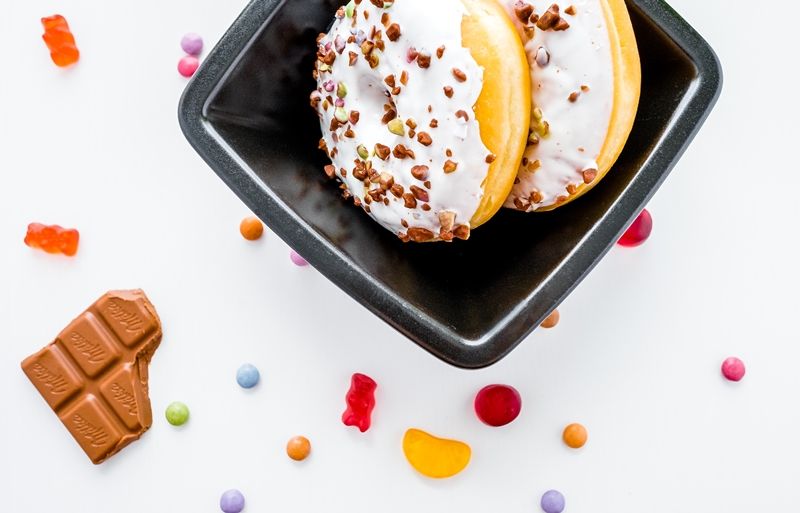
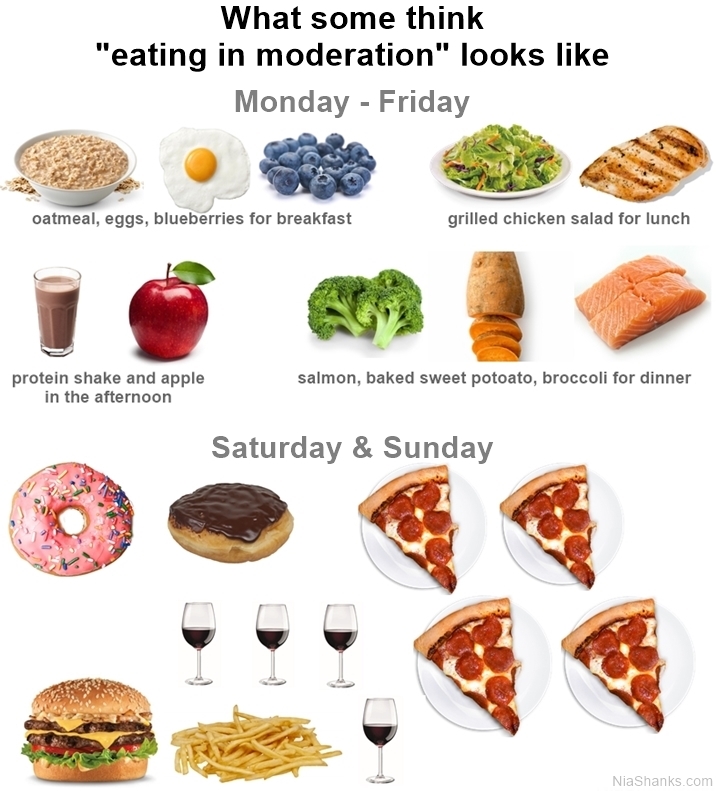 Being “good” during the week and eating the “bad” things over the weekend they successfully abstained from during the week is what some people consider eating in moderation. When you look at the quantity of not-super-healthy foods consumed on the weekend, it’s clear that they constitute a large amount of the weekly average food choices; not so moderate after all.
Being “good” during the week and eating the “bad” things over the weekend they successfully abstained from during the week is what some people consider eating in moderation. When you look at the quantity of not-super-healthy foods consumed on the weekend, it’s clear that they constitute a large amount of the weekly average food choices; not so moderate after all.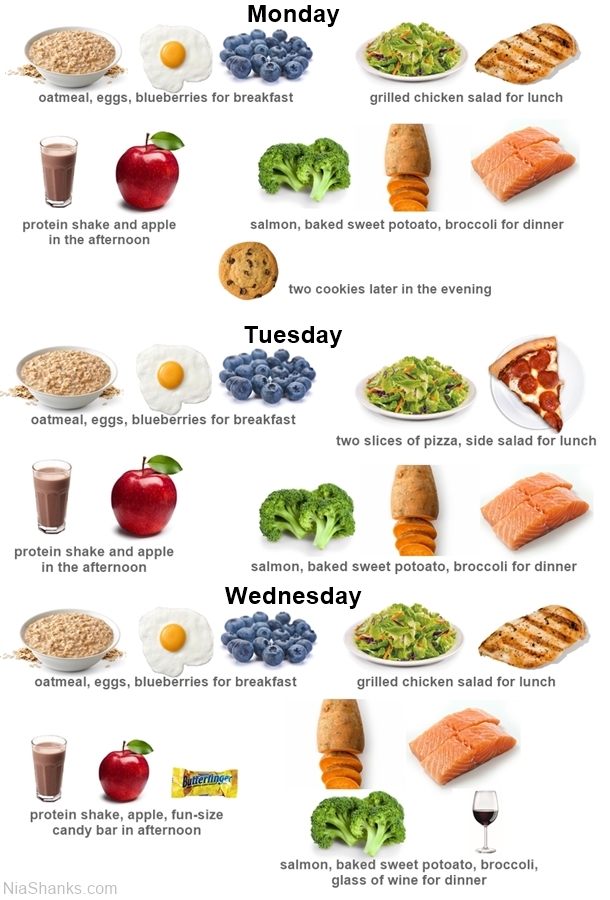 This is one possible example of how to work in reasonable quantities of treats/refined foods into daily eating choices to successfully practice eating in moderation. This isn’t the only option, however, as some people may prefer to have a larger meal less frequently.
This is one possible example of how to work in reasonable quantities of treats/refined foods into daily eating choices to successfully practice eating in moderation. This isn’t the only option, however, as some people may prefer to have a larger meal less frequently.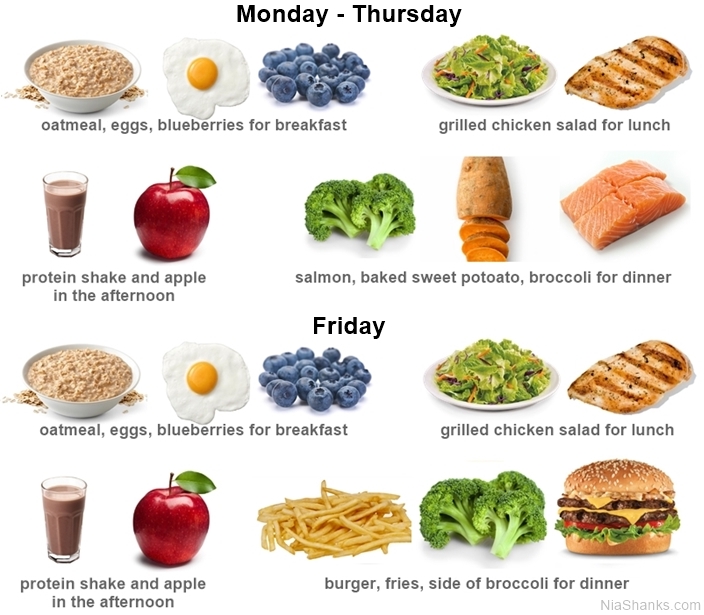 The above images are mere examples. I’m not suggesting you must eat the same foods every day or those foods specifically — the images are examples of whole-food meals that include a good source of protein. The number of daily meals and food choices should be tailored to your eating preferences.
The above images are mere examples. I’m not suggesting you must eat the same foods every day or those foods specifically — the images are examples of whole-food meals that include a good source of protein. The number of daily meals and food choices should be tailored to your eating preferences.